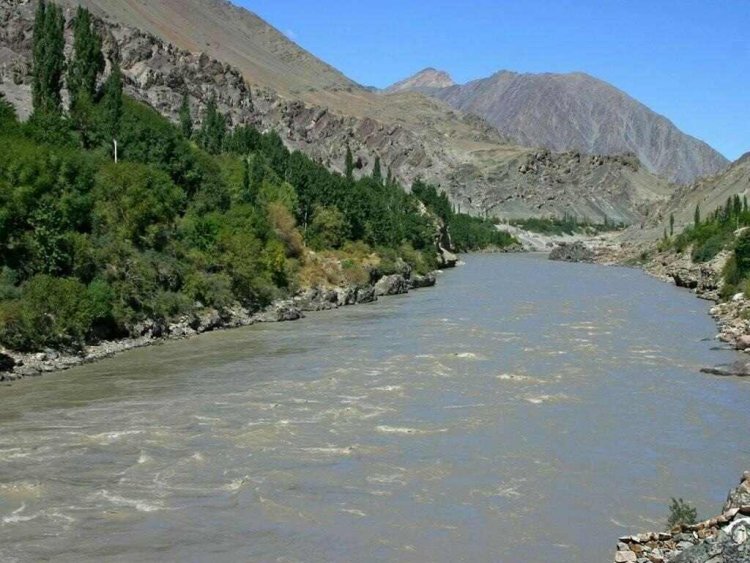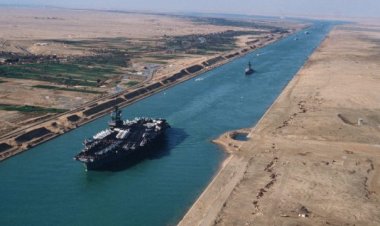Water Wars Strike Again: How Afghanistan’s Hydropolitics Will Reshape Eurasia’s Geopolitics

Water Wars Strike Again: How Afghanistan’s Hydropolitics Will Reshape Eurasia’s Geopolitics
Water the most essential yet undervalued resource in geopolitics is quietly re-emerging as a central force in reshaping alliances, tensions, and power dynamics across Eurasia. While most international discourse remains focused on energy corridors, rare earth minerals, and great-power rivalries, it is the flow of rivers like the Amu Darya that could define the region’s stability in the coming decades. Afghanistan’s bold push to complete the Qosh Tepa Canal is a case in point. Stretching 285 kilometers and intended to irrigate massive swathes of northern Afghanistan, the canal is seen by Kabul as a vital step toward food security and national self-reliance. Yet for its neighbors, particularly Uzbekistan and Turkmenistan, the project carries deeply unsettling implications.
Both Central Asian republics depend heavily on the Amu Darya River, which originates in the Pamir Mountains and winds its way through the region. Already strained by climate change, mismanagement, and increasing demand, the river's flow is a matter of survival for downstream communities. Every cubic meter diverted upstream by Afghanistan risks compounding water scarcity, threatening agriculture, and fuelling potential cross-border tensions. Afghan officials argue, however, that they have a sovereign right to use the waters flowing through their territory a claim with historical and legal backing but also the potential to trigger diplomatic friction.
Experts like climate researcher Kamila Fayzieva warn that this isn’t merely a local issue. It’s a looming geopolitical flashpoint with implications for regional cooperation, migration, and even security. Central Asia’s fragile water-sharing arrangements largely inherited from Soviet-era agreements are not equipped to handle such a major reallocation of resources. As the Qosh Tepa Canal inches closer to completion, the lack of international mediation or a multilateral water framework has many observers concerned.
Despite the stakes, international attention remains surprisingly muted. With the global spotlight still largely focused on traditional conflicts, Afghanistan’s foray into hydropolitics is being underestimated. Yet this canal may soon demand the world’s attention not just as an infrastructure project, but as a litmus test for whether water scarcity leads nations toward conflict or cooperation. The stakes for Eurasia could not be higher.























